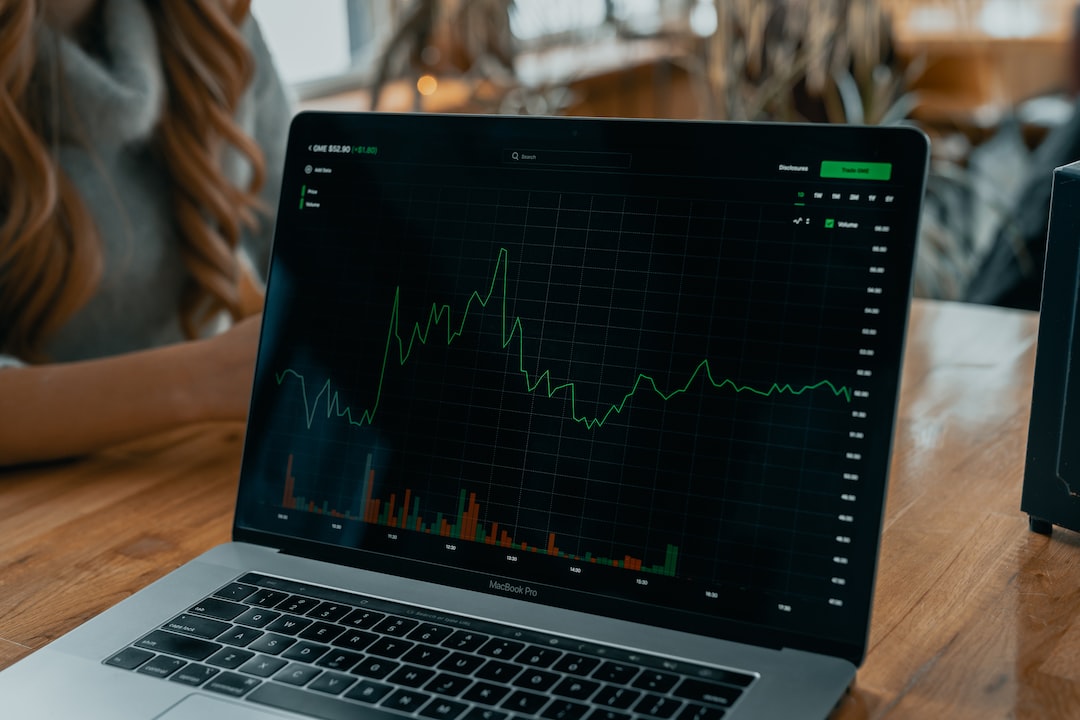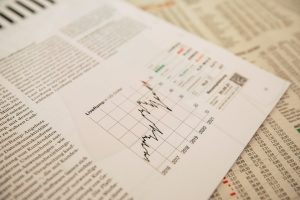Bollinger bands are one of the most commonly used technical indicators in forex trading. They are a tool that helps traders measure volatility, identify potential price reversals, and determine the strength of a trend. Bollinger bands consist of three lines: the middle band, the upper band, and the lower band. The middle band is a moving average, while the upper and lower bands are two standard deviations away from the middle band. In this article, we will discuss how to read and interpret Bollinger bands in forex trading.
Understanding the components of Bollinger bands
Before we delve into how to read Bollinger bands, it is essential to understand their components. The middle band is a simple moving average, usually a 20-period moving average, but this can be adjusted to suit your trading style. The upper band is calculated by adding two standard deviations to the middle band, while the lower band is calculated by subtracting two standard deviations from the middle band.
The standard deviation is a measure of volatility, which means that the upper and lower Bollinger bands move further away from the middle band when the market is more volatile. When the market is less volatile, the bands move closer to the middle band.
Interpreting Bollinger bands
Bollinger bands can be interpreted in several ways, depending on the trader’s trading style and strategy. Here are some of the most common ways to interpret Bollinger bands in forex trading:
1. Price action at the bands: One of the most common ways to use Bollinger bands is to look for price action at the bands. When the price reaches the upper band, it is considered overbought, and a reversal may be imminent. Conversely, when the price reaches the lower band, it is considered oversold, and a reversal may be imminent. Traders can use this information to enter or exit trades.
2. Trend identification: Bollinger bands can also be used to identify the trend. When the price is trending upwards, the upper band tends to move upwards, and the lower band tends to move upwards as well. When the price is trending downwards, the upper band tends to move downwards, and the lower band tends to move downwards as well. Traders can use this information to confirm the direction of the trend and enter trades accordingly.
3. Volatility measurement: Bollinger bands can also be used to measure volatility. When the bands are narrow, it indicates low volatility, and when the bands are wide, it indicates high volatility. Traders can use this information to adjust their trading strategy according to market conditions.
4. Divergence: Bollinger bands can also be used to identify divergences between price and the bands. For example, if the price is making higher highs, but the upper band is making lower highs, it indicates a bearish divergence. Conversely, if the price is making lower lows, but the lower band is making higher lows, it indicates a bullish divergence. Traders can use this information to identify potential reversals in the market.
5. Reversals: Bollinger bands can also be used to identify potential reversals in the market. When the price touches or crosses the upper or lower band, it can indicate a potential reversal. Traders can use this information to enter or exit trades.
Conclusion
Bollinger bands are a powerful tool in forex trading that can help traders measure volatility, identify potential price reversals, and determine the strength of a trend. By understanding the components of Bollinger bands and how to interpret them, traders can use this tool to make informed trading decisions and improve their overall trading performance. However, it is important to remember that no indicator is perfect, and traders should always use multiple indicators and strategies to confirm their trading decisions.





